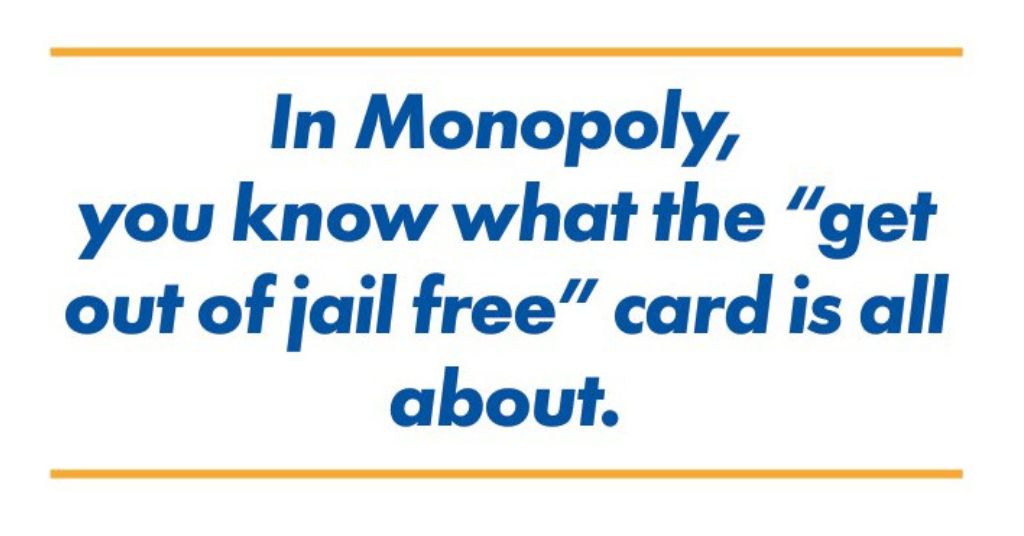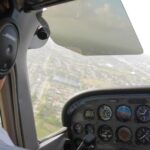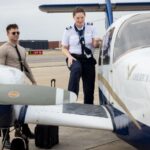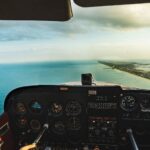For those of you who play the board game Monopoly, you know what the “get out of jail free” card is all about. It gives you a second chance to continue playing the game without a fine. There is a similar concept in aviation under the Aviation Safety Reporting System (ASRS).
After WWII, the aviation industry and military recognized the value of voluntary incident reporting. In April of 1975, a study of the National Air Transportation System resulted in the Aviation Safety Reporting System being established one year later in April 1976. The result was the Aviation Safety Reporting Program as we know it today. This program aims to understand more about the circumstances leading up to an aircraft or pilot incident. This program is available to pilots, controllers, flight attendants, maintenance personnel, dispatchers, and anyone using the national airspace system. FAR §91.25 states that “The Administrator of the FAA will not use reports submitted to the National Aeronautics and Space Administration under the Aviation Safety Reporting Program (or information derived therefrom) in any enforcement action except information concerning accidents or criminal offenses which are wholly excluded from the Program.”
The key to the program’s success is the confidentiality of the independent system run by NASA, a neutral party with no power of enforcement. By eliminating the fear of penalty or one’s wings being taken away, pilots and aviation personnel are more inclined to voluntarily report incidents of near misses and close calls in the greater interest of improving air safety.
AC 00-46E details the program. Section 5(a) states that “Designed and operated by NASA, the NASA ASRS security system ensures the confidentiality and anonymity of the reporter, and other parties as appropriate, involved in a reported occurrence or incident. The FAA will not seek, and NASA will not release or make available to the FAA, any report filed with NASA under the ASRS or any other information that might reveal the identity of any party involved in an occurrence or incident reported under the ASRS. There has been no breach of confidentiality in more than 34 years of the ASRS under NASA management.”
Both the FAA and NASA felt that if they gave pilots the ability to self-disclose the events leading up to certain incidents, they could enhance safety through affecting change in procedures and education. The program has been a tremendous success in helping both agencies get into the mind of pilots when “things happen.” The reporting form can either be mailed or completed electronically on the Internet. The pilot is the one who initiates the process, and you need to do it as soon as the event occurs. I advise you to always keep a printed copy of the form in your flight bag, ready to go. You should also keep the link on one of your electronic devices in case you can’t find your printed copy: https://asrs.arc.nasa.gov.
As with most rules, there are some limitations. A NASA report does not protect the pilot in the event of an accident or criminal offense. This is where knowing the rules comes in. Do you know the difference between an incident and an accident? When did you last review AC-00-46F, Part 91, NTSB 830, or even the Aeronautical Information Manual (AIM)? Take some time to review and familiarize yourself with these resources.
If the time comes, it does pay to know the rules.










